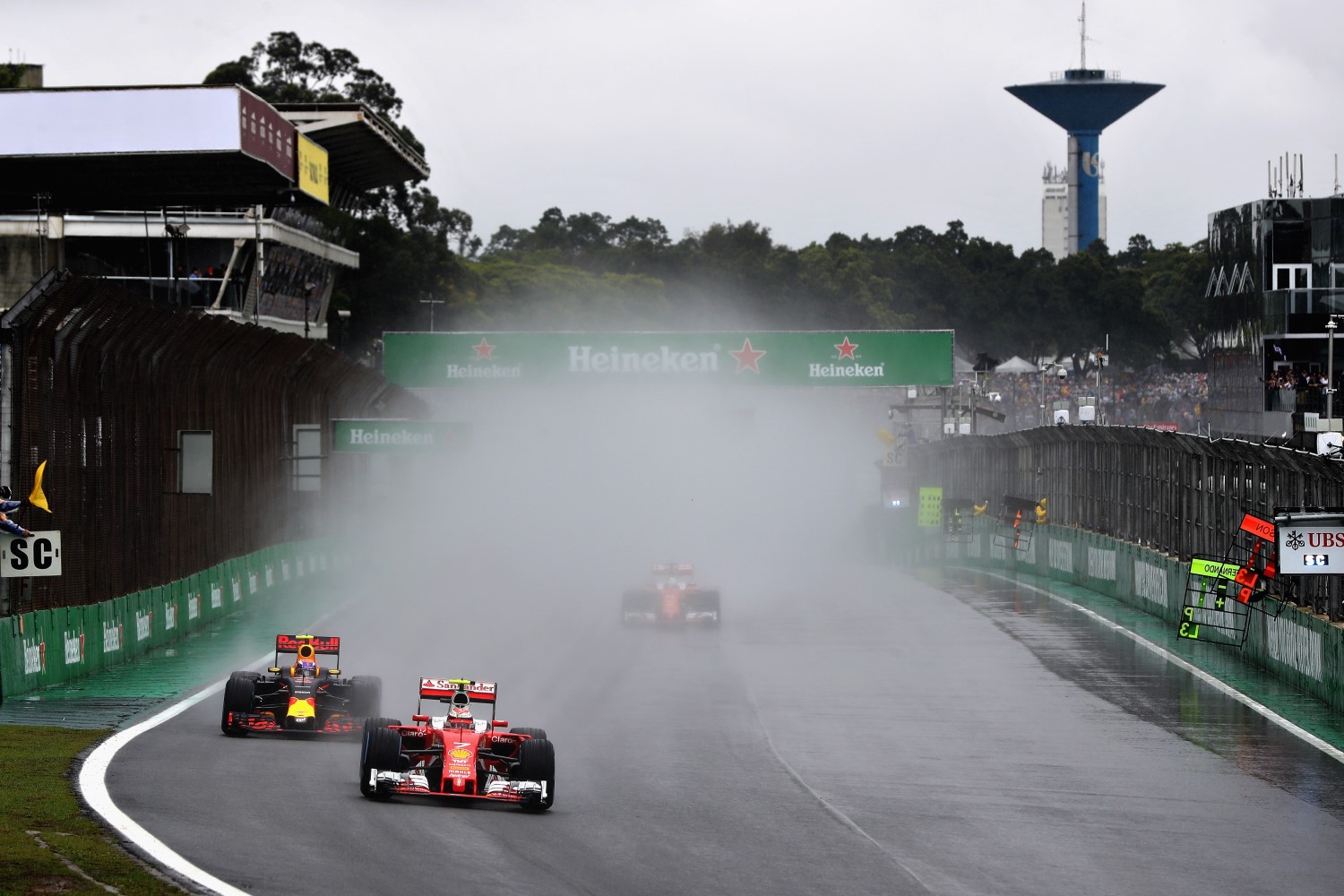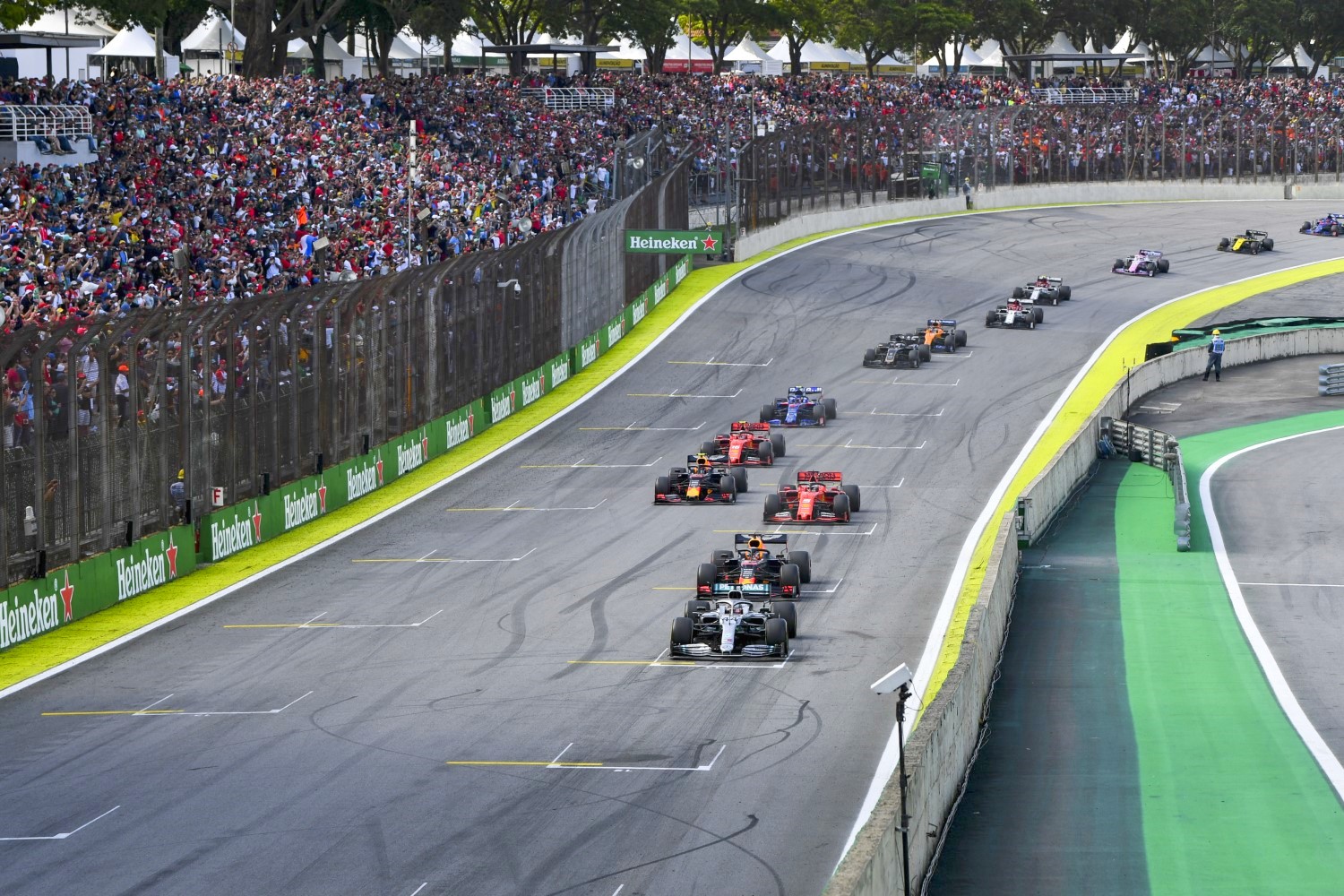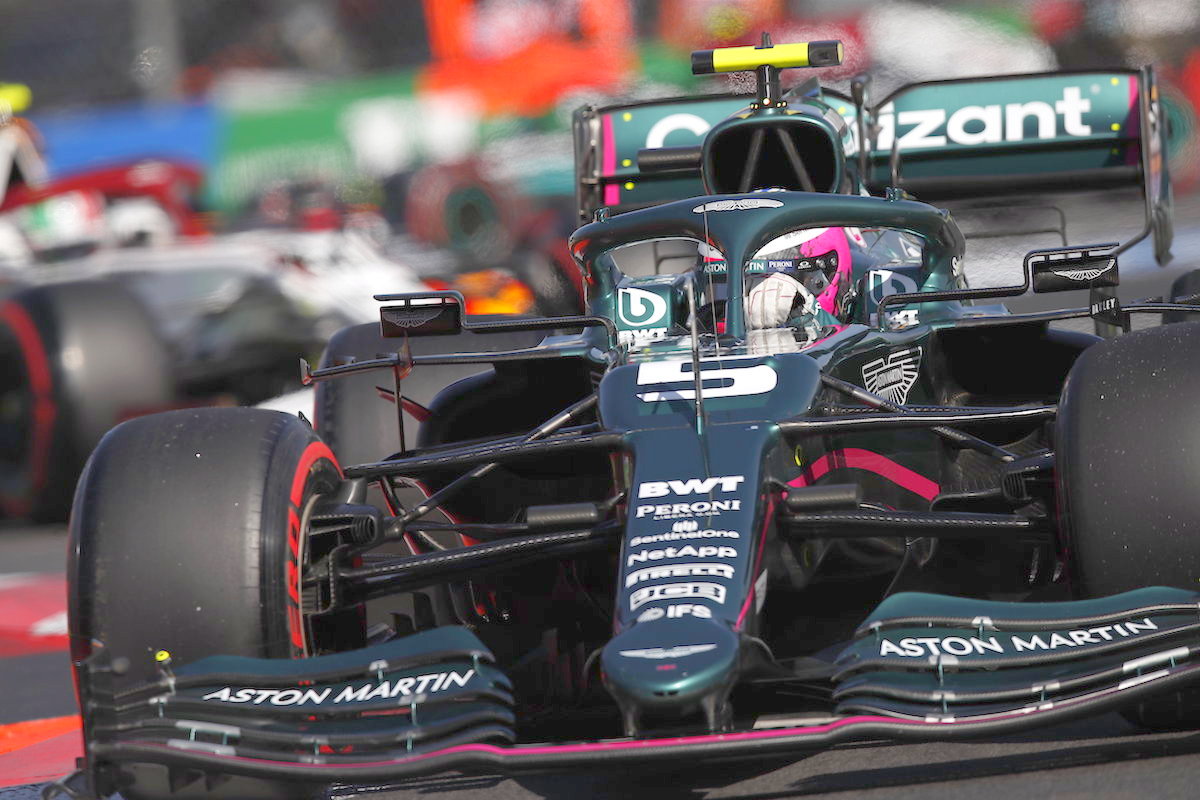F1: Brazilian GP Preview
Formula 1’s triple header continues with a return to Brazil for the F1 Teams at the São Paulo Grand Prix, Round 19 of the 2021 season.
Formula 1 first visited Brazil in 1973, with Interlagos the venue, before the country’s event moved to Rio de Janeiro’s Jacarepaguá through the 1980s. But from 1990 a reprofiled Interlagos picked up the mantle once more. In 2004 the race switched position in the calendar and became the regular season finale, with Fernando Alonso, Kimi Räikkönen, Lewis Hamilton and Sebastian Vettel all crowned World Champion in gripping dénouements across the late 2000s and early 2010s.

A contractual dispute, and rumors over a new venue, led to fears that Formula 1 was never going back again, but amid the difficulties of 2020 came the welcome development that a new agreement was reached, keeping the championship at Interlagos through 2025.
Officially known as Autódromo José Carlos Pace, in deference to the Brazilian Formula 1 icon who died in a 1977 plane crash, Interlagos takes its name from the neighborhood of São Paulo located between the artificial reservoirs of Guarapiranga and Billinges – directly translating as ‘between lakes’. The circuit is among Formula 1’s shortest, at just 4.3 km, and features two lengthy full-throttle sections linked by a sequence of long-radius undulating corners, including Ferradura, Laranjinha and Pinheirinho.
The opportune overtaking spot comes following the front stretch, at the Senna S, a complex named in honor of the late great Ayrton Senna. While not as extreme as Mexico City’s 2,200 meters, Interlagos sits some 800 meters above sea level, providing another set-up trade off as teams chase both downforce and top speed.
And, as the dramatic title deciders of 2008 and 2012 will testify, wet weather can influence proceedings, while
2016’s race was twice red-flagged and run across three hours due to torrential rain.

Dave Robson, Williams Head of Vehicle Performance
Following a difficult weekend in Mexico, we are glad to have arrived in Brazil for the São Paulo Grand Prix. Usually, coming to Brazil makes the cars feel difficult to drive due to the circuit being 750m above sea level. However, as this event immediately follows Mexico, the drivers ought to be pleasantly surprised by the car this weekend. This is fortunate as this weekend is a Sprint Qualifying Event, and we therefore have very limited opportunity to prepare the car for the competitive sessions.
The track in São Paulo is a short, charismatic circuit with some challenging corners and significant changes in elevation, including the long final run to the start/finish straight. The infield section is very technical and requires a well-balanced car and a high level of skill from the drivers.
The tires are, once again, from the middle of the Pirelli range, and this is a step softer than we have often had in Brazil. This will make qualifying easier and more physically demanding for the drivers, but the race may require a little more tire management than normal. This should add to the range of competitive strategies on Sunday.
This weekend is the third and final Sprint Qualifying Event of the season and is likely to be the most demanding. Having not travelled to Brazil in 2020, the lack of track time ahead of the qualifying session will place an additional demand on the drivers and engineers as they must correctly prioritize the testing in FP1. It will be a challenging weekend.
Fact File: São Paulo Grand Prix

- The Autódromo José Carlos Pace is F1’s fourth-shortest circuit, with a lap length of 4.309 km. Only Monaco, Zandvoort and Mexico are shorter.
- Interlagos is situated 800 meters above sea level, the second-highest altitude on the F1 calendar, only behind Mexico City which has an altitude 1,500 meters higher.
- Interlagos is a track of two extremes. The first and third sectors require a low-drag car for the straights, but the long and twisty middle sector needs high downforce. Previously, this challenge would produce a range of different approaches to downforce levels, but the second DRS zone being added has meant teams now focus more on higher downforce.
- Over 75% of the lap time in the first and third sectors is taken at full throttle, but the twisty middle sector has less than 50%.
- From the exit of Turn 12 until the braking zone for the opening corner, there is 1.2 kilometers of driving at full throttle and an elevation change of 33 meters. However, the biggest elevation difference is from the start/finish straight to Turn 4, where there is a 40-meter drop.
- Front locking is frequent at Turn 1 because it is banked heavily towards the inside, which unloads the front-left wheel and causes drivers to lock the front wheels as the track drops away.
- However, the first turn is one of the few corners where you can lock up and not lose much lap time. This is because of the strong banking and variety of lines you can take, meaning you can still make the corner even with a moderate lock-up. The lack of load on the tire prevents flat spots from occurring and often makes the lockups look worse than they are.
- There’s only a 195-meter dash from pole position to the first braking zone, which is one of the shortest sprints on the current calendar. The grid is uphill, so drivers need to find the balance between holding on the brakes as gently as possible, without rolling backwards.
- One of the key engineering challenges at the track is keeping the left-hand front tire in the working temperature window because from Turn 10 to Turn 6 (around 3.5 km in distance), it does very little work and therefore cools down quickly.
- Brazil is one of the easiest tracks to overtake on due to the long straights and braking zones, and this was improved even further when the second DRS zone was added. However, managing battery levels for the defending car can be difficult, as there are few big braking zones to recover energy between the longest straights.
- The weather can change quickly over the São Paulo Grand Prix weekend, and it isn’t uncommon for the track temperatures to change by 30°C between practice and the race, which makes it tricky to predict how the tires will behave. Wet weather is also challenging, as there are a number of places where rivers can run across the track in heavy downpours.
- There are only 36 gear changes per lap at Interlagos, because of the flat-out sections and number of third and fourth gear corners, requiring not many upshifts.
- The Safety Car has appeared nine times in the last five races at Interlagos, with a probability of 60%, higher than many other races due to the unpredictable weather and lack of run-off area in some corners, meaning you can’t rapidly move cars to safety.
- The São Paulo Grand Prix marks the third and final Sprint Qualifying weekend format of the 2021 F1 season, having previously been run at Silverstone and Monza.
Keys to the Race
- Deciding the optimum strategy is challenging in Brazil. In 2019, one- and two-stop strategies proved closely matched, and were affected by two late Safety Cars. But in 2018, a one-stop strategy ultimately prevailed, when a spread-out midfield contributed to the stasis. Pirelli has allocated the C2, C3 and C4 tire for the 11th time this year.
- There’s been an incredible nine Safety Cars in the last five years in Brazil, although no fewer than six are accounted for in the 2016 race, which also featured two red flags. However, Safety Cars are still common. Since 2015’s Grand Prix, they have also featured in 2017 (once) and 2019 (twice).
- Overtaking is challenging at Interlagos, and is compounded by the short run to Turn One and a tight first sector. In 2019, there were 35 overtakes (excluding the first lap and Safety Car restarts). DRS is usually crucial for making an overtake, accounting for roughly 65% of moves, with the run from Turn 15 to Turn One often the best point to make a move.

Unlocking The Lap
From the snaking Senna S, through mid-lap camber changes to a blast uphill into the final banked corner,there’s plenty of time to be made with a perfect lap of Interlagos.
A lap of Interlagos is a true challenge of driver strength as the anti-clockwise circuit and succession of left-hand corners stress the neck muscles and test behind-the-wheel bravery.

Maximizing a lap of Interlagos begins back at Turn 12 on the previous lap. Getting a good exit at the lower- speed corner is crucial as the gradual bend of Turns 13 through 15 are all about speed, and set up the next lap.
Exiting the banked final corner at maximum speed sets drivers up for the main straight, which is a gradual incline to Turn One before the circuit plunges downhill into the Senna S at entry speeds of 220km/h (136mph).
Avoiding front-locking and keeping a high average speed sets drivers up for a DRS-induced blast to Turns Four and Five.
It’s a dab of the brakes at speeds of roughly 325km/h (200mph) before pulling left onto a short straight that links to the infield section, complete with a second and final use of DRS.
With elevation changes, off-camber corners, grassy run-off, and plenty of g-force pressure on the neck, the quickfire Turns Six to 10 provide little overtaking but test the set-up of the car.
This section can reward patience at speeds as low as 100km/h (62mph) with lap time gains, but mistakes usually lead to flat-spotted tires.
The higher-speed Turn 11 is then followed by the downhill run to Turn 12, which makes the braking approach critical.
Once clear, drivers are already preparing for the next lap through the long gradual bend of Turns 13, 14 and 15.
Need-to-know Numbers
Number of laps 71
Lap length 4.309km
Number of corners 15
Race distance 305.354km
Lap record 1.10.540 (Valtteri Bottas, 2018)
Qualifying lap record 1.07.281 (Lewis Hamilton, 2018)
